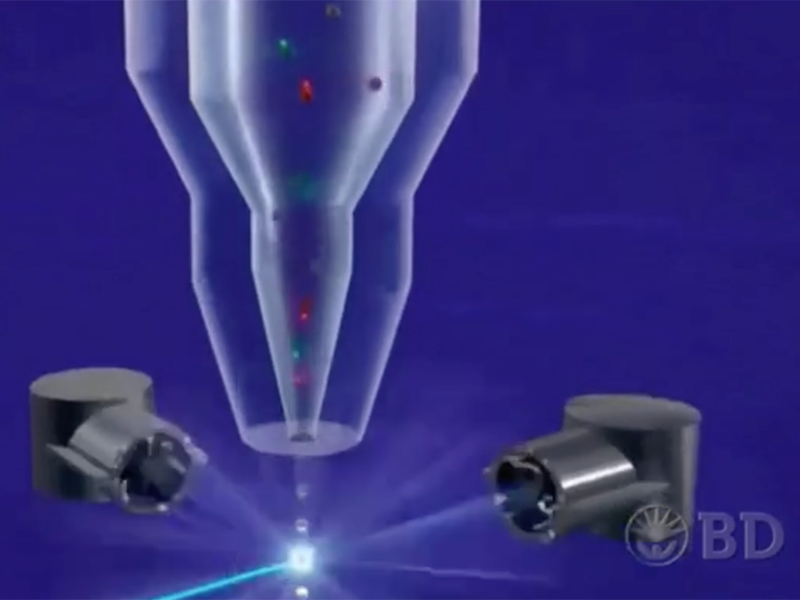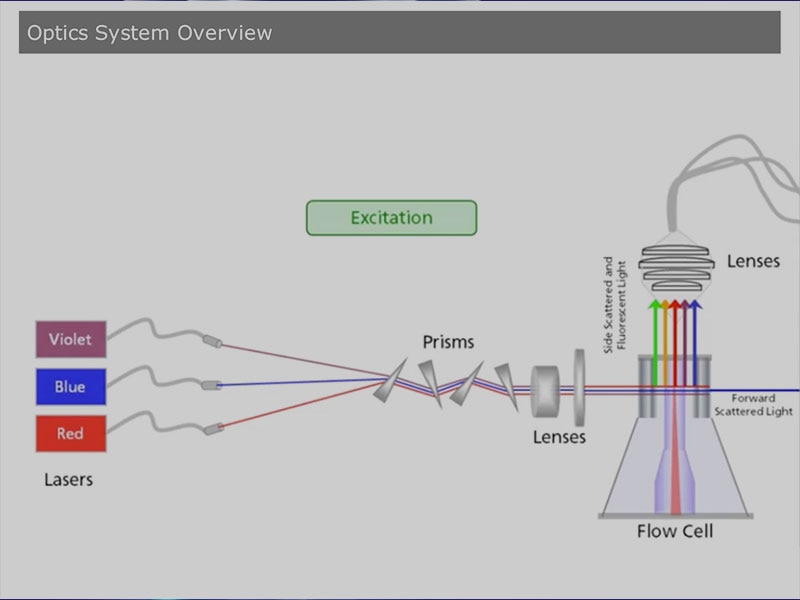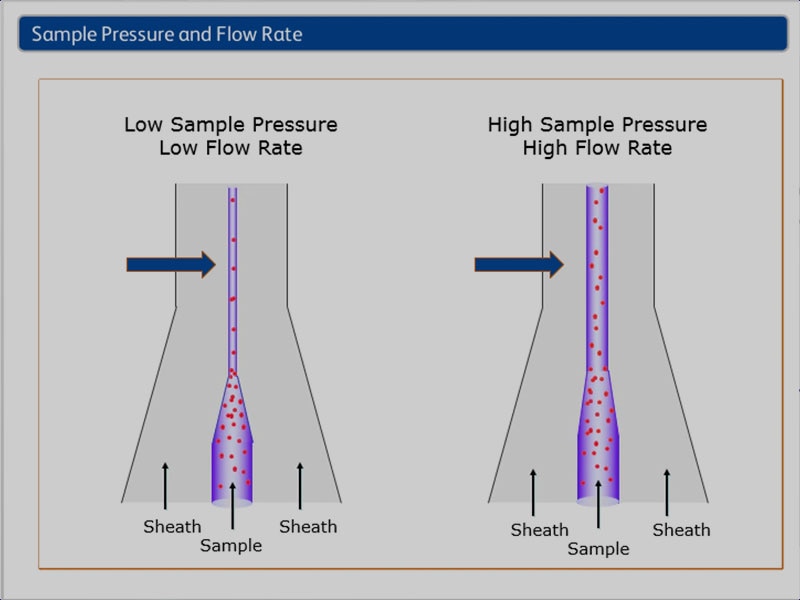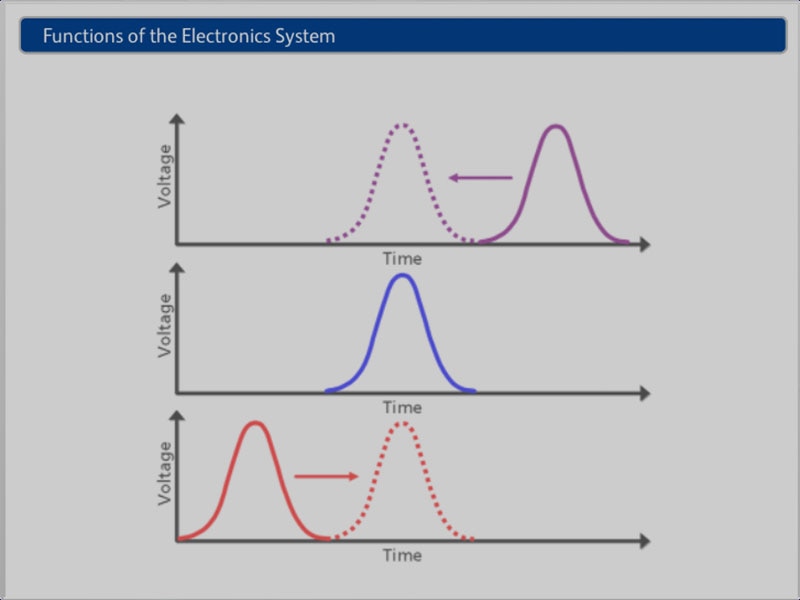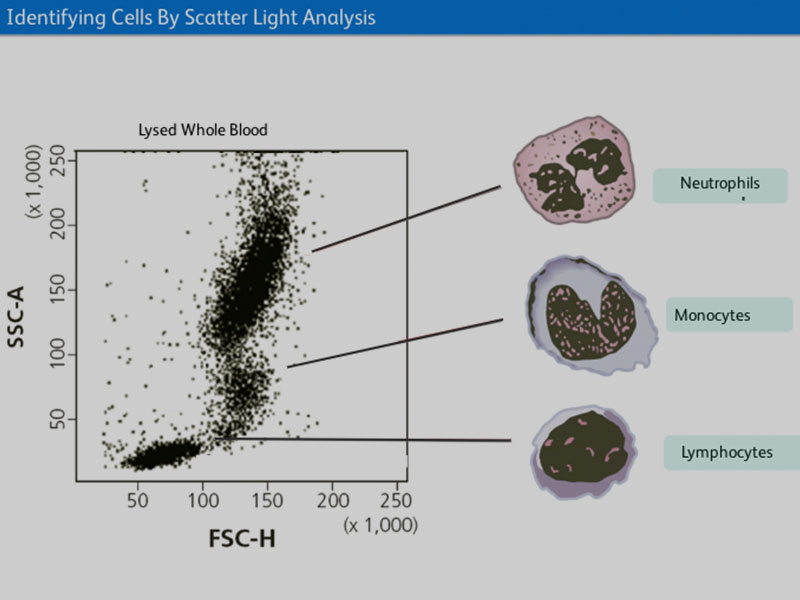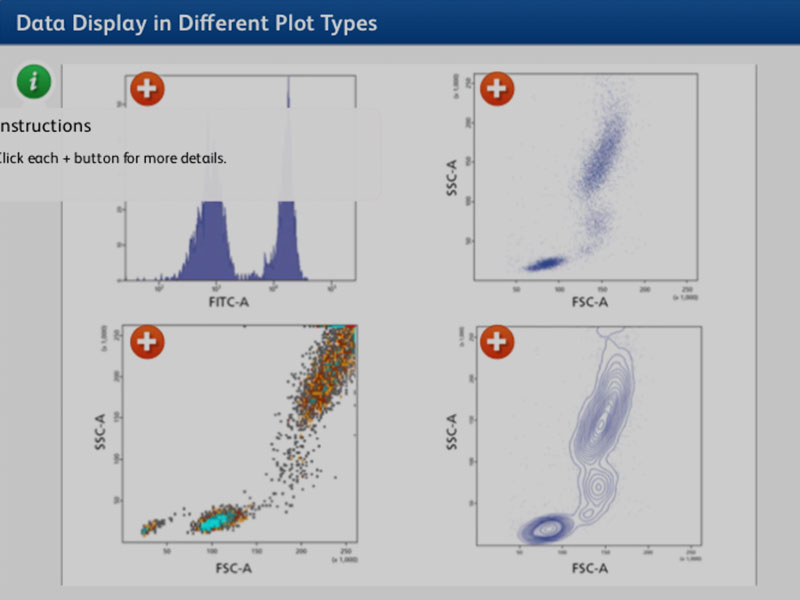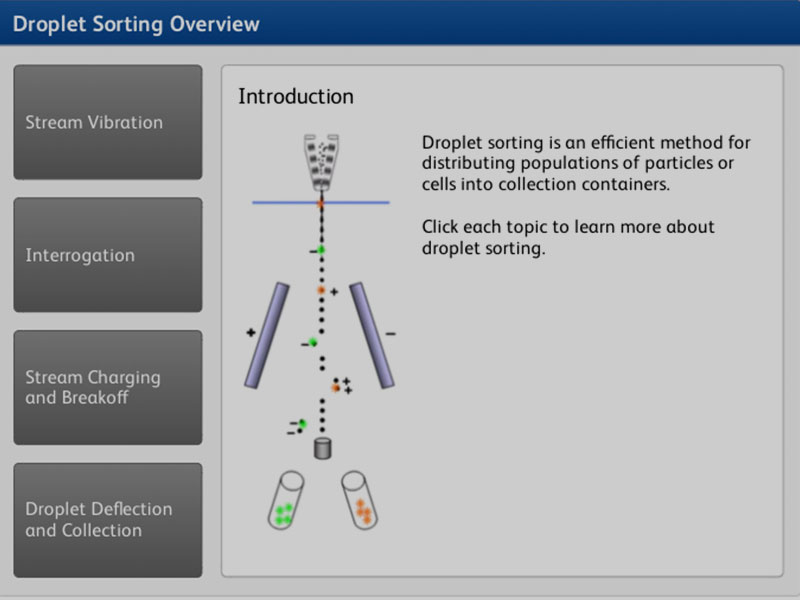-
Training
- Flow Cytometry Basic Training
-
Product-Based Training
- BD Accuri™ C6 Plus Cell Analyzer
- BD FACSAria™ Cell Sorter Cell Sorter
- BD FACSCanto™ Cell Analyzer
- BD FACSDiscover™ A8 Cell Analyzer
- BD FACSDiscover™ S8 Cell Sorter
- BD FACSDuet™ Sample Preparation System
- BD FACSLyric™ Cell Analyzer
- BD FACSMelody™ Cell Sorter
- BD FACSymphony™ Cell Analyzer
- BD LSRFortessa™ Cell Analyzer
- Advanced Training
Old Browser
This page has been recently translated and is available in French now.
Looks like you're visiting us from {countryName}.
Would you like to stay on the current location site or be switched to your location?

Introduction to Flow Cytometry
These introductory modules introduce you to the principles and basics concepts of flow cytometry and BD flow cytometers
Course Details
This course is designed for individuals who are new to flow cytometry or want to refresh or update their knowledge. In this course, you will learn key terms and principles while gaining a better understanding of the cytometer subsystems and how they work together. Basic data analysis and sorting principles are also introduced.
Each module begins with an introduction to the topic and ends with a short quiz to check your knowledge. You can view each module separately, or you can view all the modules for a comprehensive overview of flow cytometry.
Introduction to Flow Cytometry Modules
Overview
The overview module introduces the basics of flow cytometry. After viewing this module, you will be able to answer the questions:
- What is flow cytometry?
- What types of samples are suitable for analysis in a flow cytometer?
- What cell characteristics can a cytometer measure?
- What are the three subsystems in a flow cytometer?
Optics
The optics module takes a deeper dive into how the excitation and collection optics work in a flow cytometer. After viewing this module, you will be able to answer the questions:
- What are the main functions of the optics system?
- What is the role of lasers in BD flow cytometers?
- How are longpass, bandpass and shortpass filters used to route specific wavelengths of light to the appropriate detectors?
Fluidics
The fluidics module explores how a sample is introduced into the flow cytometer and is interrogated by the laser. After viewing this module, you will be able to answer the questions:
- What are the main functions of the fluidics system?
- What is hydrodynamic focusing?
- How does sample pressure affect flow rate and data?
Electronics
The electronics module describes how data are processed. After viewing this module, you will be able to answer the questions:
- How does the electronics system convert light into data?
- What is the purpose of the laser time-delay electronics?
- What are the functions and applications of threshold?
Optical Measurement
The optical measurement module explores what happens to the light scatter after a particle passes through the laser beam. After viewing this module, you will be able to answer the questions:
- What factors affect light scatter?
- How are scattered light and fluorescence used to detect populations?
- Why is it important to know excitations and emission spectra for the fluorochromes in use?
- What is compensation and why is it necessary for multicolor experiments?
Data Analysis
The data analysis module looks at how flow cytometric data are collected and analyzed to produce meaningful results. After viewing this module, you will be able to answer the questions:
- How are data saved and displayed?
- What is the purpose of gating?
- What are examples of data analysis methods?
Sorting Module
The sorting module introduces the technology of physically separating mixed populations of cells or particles by their light scatter or fluorescent properties. After viewing this module, you will be able to answer the questions:
- What is the purpose of sorting cells or particles?
- How does particle size affect nozzle size and sheath pressure selection?
- What are the steps in the droplet sorting process?
